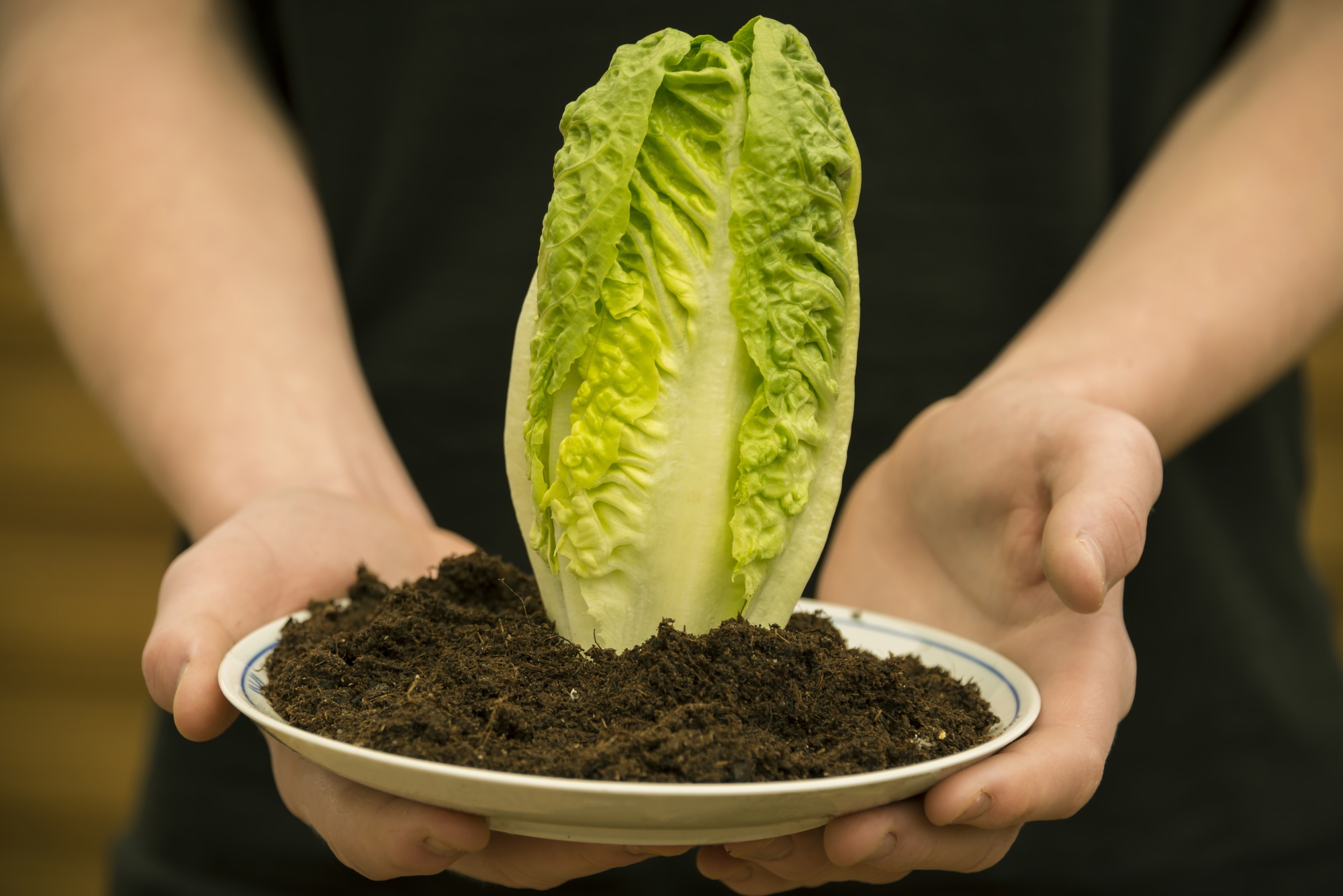These cost of food is rising each year. Even with the best low-cost planning strategies, a family of four spends $717.30 a month.
As a result, it’s becoming more popular to grow your own food. Not only is it more cost effective, but it’s better for the environment. Living self-sustainably might be more labor intensive, but it’s incredibly rewarding.
Besides saving you money on your grocery bill, growing your own food is an enriching activity that can be shared with others. Learning about farming is a valuable skill that will be useful throughout your life.
To find out more about how to grow your own food, continue reading below
Make a Plan
There are many types of farming – everything from creative tower gardens to trendy organic farms. You need a plan to determine the details before planting your seeds.
Your Region
Obviously, every plant cannot grow in every region. There are some plants that grow better in a certain climate, rainfall, and soil. Research your region to find the plants that thrive there.
Your Crop
After you find the crops most suitable for your region, narrow down your results. What are you most interested in growing? How many days has it been since the last frost, or until the next one?
Get ready to do some math to figure out if you have enough time for the growing season. This math should include yield per crop so you can plan to have enough food.
Your Farm Plan
At this point, you’re ready to list out your crops and calculate the amount of seed you need. It’s a good idea to draw out the land available and mark where you will plant.
Make sure to include all materials needed for your project. This includes materials for storage after you harvest your crops.
Start Farming
Once you’ve got all the details mapped out, you’re ready to start growing your own food.
Till or No Till
Depending on your plants, you may skip this step.
If you do till, however, you can do this by hand or with equipment. This involves loosening the soil and preparing rows.
Plant Seeds
Once the soil is ready, you can plant your seeds. This requires some careful work, as seeds need to be planted at specific depths. Once in the furrow, cover them with soil and pack lightly.
Cultivate Crops
Hopefully, you planted enough room in between your plants. This will allow you to access and cultivate them as they grow. You will need to do this when there is too much rainfall, or if weeds begin to grow.
Grow Your Own Food
Before you start to grow your own food, make sure to write a thorough plan. This is how you will provide the best care for the plants and anticipate the difficulties of farming.
As you grow your food, keep a close eye on your plants. Crops can be delicate and require diligent attention.
For more exterior and interior home tips, don’t forget to check out our blog page.
